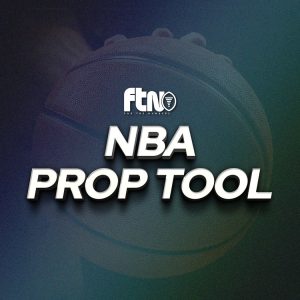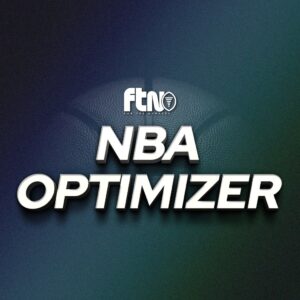
Data in baseball runs deeper and is more comprehensive than in any other sport. These are the seven stats I find most relevant to Friday’s DFS slate.
1. Through two starts, Trevor Rogers has a 24.1% CSW, 5.9 percentage points below his baseline
Trevor Rogers now has to face a potent Braves lineup that’s inexplicably priced down. As home runs continue to remain severely down, we want to lean even further into correlation through stacking, and an entire team priced down presents a wonderful opportunity to do so. Rogers’ early-season struggles are just the icing on the cake.
(More: Check out Vlad Sedler’s look at the Friday starting pitching slate in The Opener.)
2. Ross Stripling has a baseline ISO allowed of .238, worst on the slate
Ross Stripling is off to a slow start with a 24.5% CSW, 12.5% K rate, and 12.5% walk rate. Consequently, Houston is not the team he would have liked to run into.
He features a fastball and three off-speed pitches, of which the slider allows the most damage. It’s a pitch mix that Houston should feast on, particularly:
- Yordan Alvarez
- Kyle Tucker
- Alex Bregman
- Michael Brantley
- Yuli Gurriel (struggling mightily at the plate)
The only hesitation here is I’m not sure I want to chase isolated power given the enormous decline in home runs around the league.
3. Through two starts, Michael Kopech has a 26.4% CSW, 5.9 percentage points below his baseline
Unlike Rogers, this is not a reason to stack against Kopech. Instead, it’s one that should give us pause before we automatically insert him into our lineups. Even with the inclusion of a slight statistical “penalty” for moving from a bullpen role to a starter’s role, Kopech pops like crazy in the Strikeout Model. His K rate is down from 36% to 24%, his walk rate is up from 8.5% to 12%, and his average fastball velocity is down from 97.5 to 95.5 mph.
So, do we even consider him as a pitching option? Yes — even if we ignore his success a season ago and plug in this season’s numbers, he still projects like so:
Only Justin Verlander would be meaningfully ahead of him in any category, making him a more-than-viable option. For me, it will all come down to his rostership.
4. Patrick Corbin is second on the slate in probability of scoring at least 25 and at least 30 DK points
This is terrifying — what’s going on here? It’s no secret that Patrick Corbin was a shell of his former self last year, but there’s real reason for optimism. First of all, his CSW this year is right in line with his baseline CSW. Second, he’s allowed an extremely low 2.5% barrel rate so far, after allowing a career high 9.2% barrel rate a season ago.
The kicker is the matchup — San Francisco is striking out the fifth most and walking the eighth fewest, and they’re 20th in wRC+. The departure of Buster Posey and the trips to the injured list for LaMonte Wade Jr. and Evan Longoria are clearly taking a major toll on this offense.
Again, it seems impossible, but I believe Patrick Corbin is a strong play Friday.
5. Justin Verlander’s CSW is 28.1% after two starts, over four percentage points below his baseline
Is Justin Verlander back? It’s hard to say. Let’s compare some numbers between his first two starts and his 2019/2020 seasons:
This sample is, of course, too small to draw any conclusions from. However, it’s noteworthy that the stat that will stabilize the quickest, CSW, is where the largest change appears. Verlander is in a tier of his own projection-wise tonight, especially if George Springer misses another game due to being HBP on Wednesday, but his rostership may end up over-inflated.
6. Arizona’s bullpen SIERA is up to 4.39 on the season
From Thursday’s Diamond Data:
Friday, it’s the red-hot New York Mets who will look to take advantage if they can get to Zac Gallen early.
(Build your MLB DFS lineup with our Optimizer!)
7. Zac Gallen is throwing 80% fastball/changeup this year
Zac Gallen gained six runs with his changeup in his rookie season, but it has rapidly declined in efficiency ever since. Despite that, he’s upped his changeup usage to nearly 30% this year. His fastball is really his only good pitch, as he also throws a neutral curveball and a terrible slider/cutter. Here are the Mets who matchup well with this particular mix (in descending order, and yes, it’s a long list):

















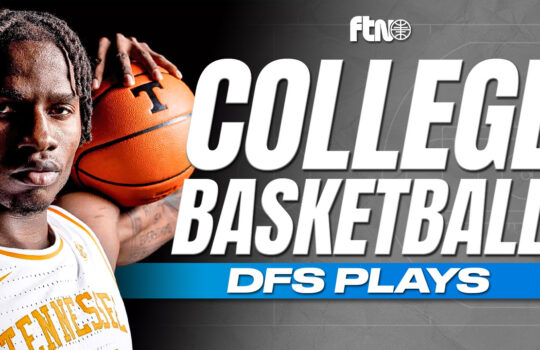


























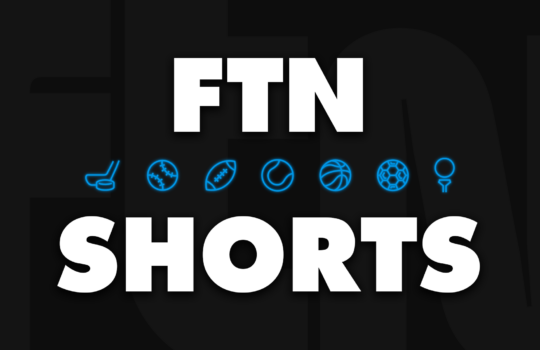
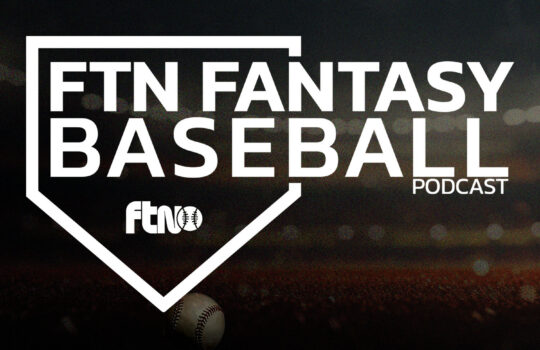



 New York Jets
New York Jets  New England Patriots
New England Patriots  Miami Dolphins
Miami Dolphins  Buffalo Bills
Buffalo Bills  Pittsburgh Steelers
Pittsburgh Steelers  Cleveland Browns
Cleveland Browns  Cincinnati Bengals
Cincinnati Bengals  Baltimore Ravens
Baltimore Ravens  Tennessee Titans
Tennessee Titans  Jacksonville Jaguars
Jacksonville Jaguars  Indianapolis Colts
Indianapolis Colts  Houston Texans
Houston Texans  Las Vegas Raiders
Las Vegas Raiders  Los Angeles Chargers
Los Angeles Chargers  Kansas City Chiefs
Kansas City Chiefs  Denver Broncos
Denver Broncos  Washington Commanders
Washington Commanders  Philadelphia Eagles
Philadelphia Eagles  New York Giants
New York Giants  Dallas Cowboys
Dallas Cowboys  Minnesota Vikings
Minnesota Vikings  Green Bay Packers
Green Bay Packers  Detroit Lions
Detroit Lions  Chicago Bears
Chicago Bears  Tampa Bay Buccaneers
Tampa Bay Buccaneers  New Orleans Saints
New Orleans Saints  Carolina Panthers
Carolina Panthers  Atlanta Falcons
Atlanta Falcons  San Francisco 49ers
San Francisco 49ers  Seattle Seahawks
Seattle Seahawks  Los Angeles Rams
Los Angeles Rams  Arizona Cardinals
Arizona Cardinals 
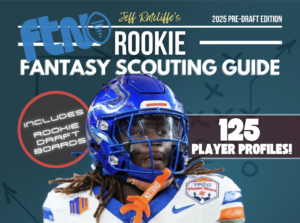


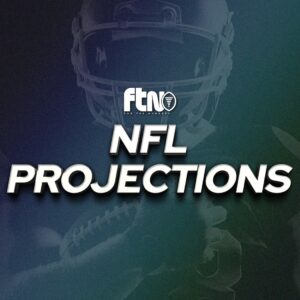
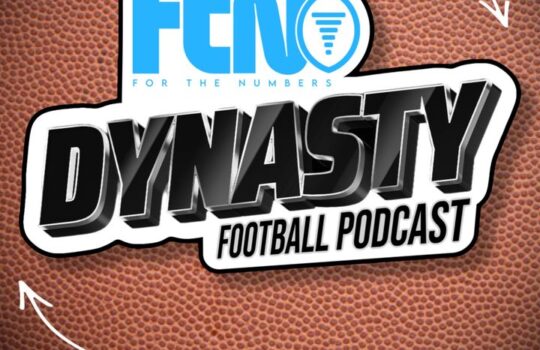
 Boston Celtics
Boston Celtics  Brooklyn Nets
Brooklyn Nets  Philadelphia 76ers
Philadelphia 76ers  New York Knicks
New York Knicks  Toronto Raptors
Toronto Raptors  Chicago Bulls
Chicago Bulls  Detroit Pistons
Detroit Pistons  Milwaukee Bucks
Milwaukee Bucks  Cleveland Cavaliers
Cleveland Cavaliers  Indiana Pacers
Indiana Pacers  Orlando Magic
Orlando Magic  Atlanta Hawks
Atlanta Hawks  Charlotte Hornets
Charlotte Hornets  Miami Heat
Miami Heat  Washington Wizards
Washington Wizards  Denver Nuggets
Denver Nuggets  Minnesota Timberwolves
Minnesota Timberwolves  Oklahoma City Thunder
Oklahoma City Thunder  Portland Trail Blazers
Portland Trail Blazers  Utah Jazz
Utah Jazz  LA Clippers
LA Clippers  Golden State Warriors
Golden State Warriors  Los Angeles Lakers
Los Angeles Lakers  Phoenix Suns
Phoenix Suns  Sacramento Kings
Sacramento Kings  Dallas Mavericks
Dallas Mavericks  Houston Rockets
Houston Rockets  Memphis Grizzlies
Memphis Grizzlies  New Orleans Pelicans
New Orleans Pelicans  San Antonio Spurs
San Antonio Spurs 



